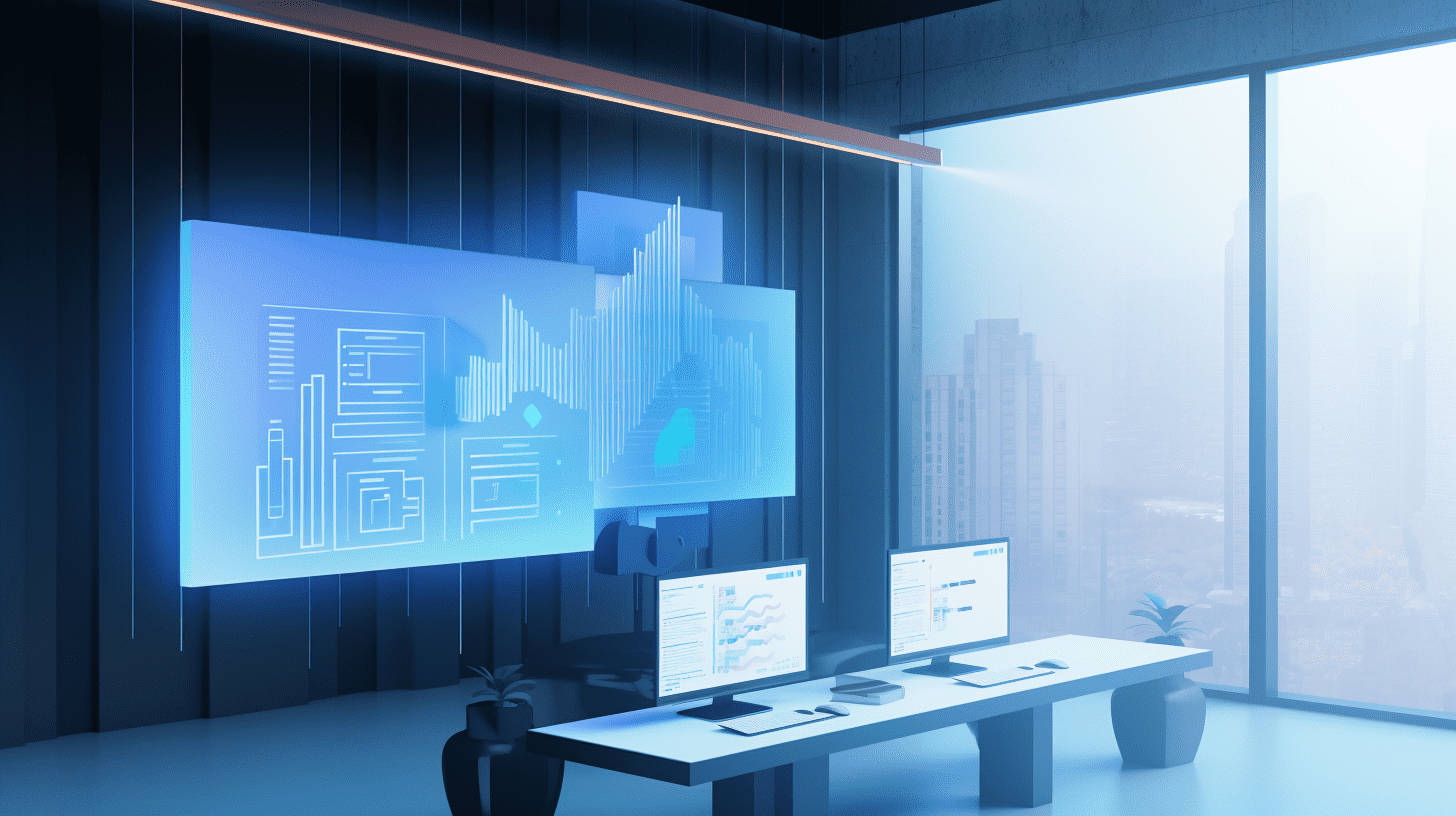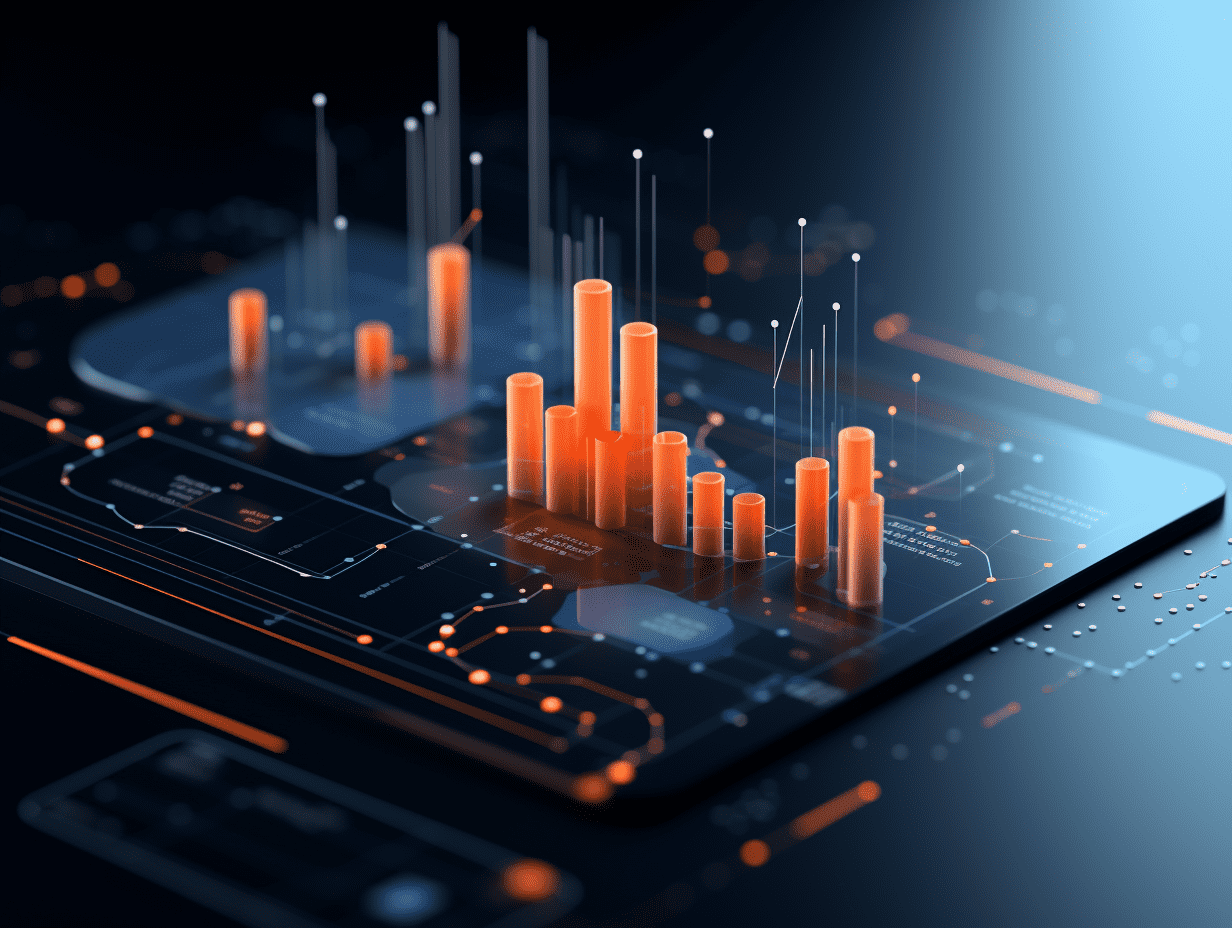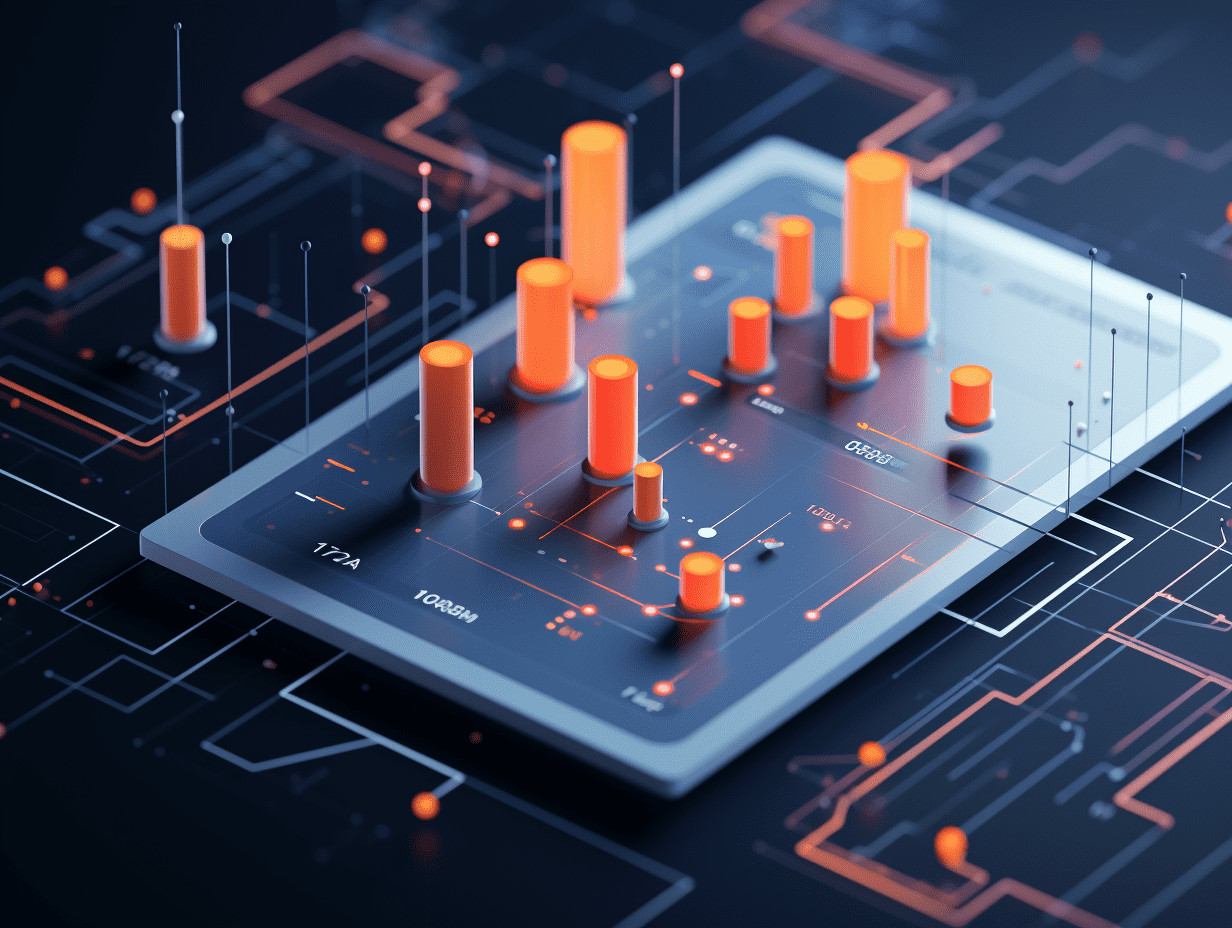Sinolink: AI+ e-commerce services enter the efficiency improvement stage, paying attention to the realization of subsequent performance.
Focus on the full chain AI landing and improving profit margin AI + e-commerce operation service provider.
Sinolink released a research report stating that in the AI + cross-border e-commerce industry competition is shifting from "channel expansion" to "efficiency competition", and it is recommended to focus on the leading platforms in cross-border e-commerce that are driving the efficiency revolution in foreign trade through technology. In terms of AI + e-commerce operations, industry differentiation is intensifying, and leading companies with AI technology reserves are expected to expand their advantages. Focus should be on service providers that implement AI throughout the entire process and improve profit margins. In AI + education/human services, by using NLP technology to analyze job requirements and resumes, combined with talent development prediction models, recruitment efficiency can be significantly improved. It is recommended to pay attention to policy support and targets that significantly improve efficiency.
Sinolink's main points are as follows:
AI applications are expanding comprehensively, entry costs are decreasing, entering the stage of realizing scale value
With the maturity of technologies such as GPT-5 and Wenxin One Speech 4.0, the costs of usage have significantly decreased (for example, the reasoning cost of the national common sense model has decreased by 80% compared to the average in 2023). Furthermore, with the deep integration of AI tools and e-commerce operations, the AI application industry in e-commerce has moved from the early stage of "small-scale experimentation" to the "scale value realization" stage, becoming an important engine that drives the growth of e-commerce and online service companies.
E-commerce and online services are the most suitable fields for AI applications in the current consumption sector, and are expected to become the core carriers linking technological innovation and consumer demand.
In terms of computing power, the demand for computing power in the e-commerce industry shows "intermittent fluctuations". Currently, the number and scale of computing service providers are increasing, and e-commerce companies are optimizing usage costs by adopting a mix of public and private computing power. On the data side, the e-commerce data platform covers 12 types of heterogeneous data sources such as user behavior (clicks, dwell time, repurchase), transaction data (orders, payments, returns and exchanges), and content data (comments, live interactions, social feedback), providing abundant "fuel" for AI and continuously improving model accuracy. Regarding models, by 2025, the architecture of models in the e-commerce industry will show a mixed mode of "general large models + vertical fine-tuning". The cost advantage of domestic general large models is significant. According to the comparison of API prices of large language models, the average input price of domestic large models is 92.6% lower than foreign models, and the average output price is 160.3% lower. The significant price advantage of domestic general models is conducive to e-commerce companies quickly integrating business chains using a combination of general and industry-specific models to achieve refined AI operating formats.
The transition from "cost reduction" to "efficiency improvement" is bringing industry Alpha, gradually entering the performance realization period
Currently, the majority of business units that have implemented AI have not only achieved cost reduction, but have also reached a turning point of "rising revenue curves and decreasing cost curves". 1) In terms of cost reduction, e-commerce companies have significantly optimized their labor structure through AI process automation (such as RPA+AI processing orders, intelligent customer service replacing manual labor). For example, Shanghai Lily&Beauty Cosmetics uses virtual human live broadcasts to cover 40% of live broadcast time, achieving a peak GMV of 5 million RMB in a single session, significantly reducing live broadcast operating costs; 2) There is greater potential for efficiency and revenue growth. In the customer acquisition stage, companies use generative AI to generate product labels, advertising materials, and other content, combined with product features and innovative styles to increase user click-through rates. In addition, expanding product effective publicity time through virtual human live broadcasts increases product exposure rates. In the user activation and retention stages, online e-commerce uses 3D modeling and virtual try-on functions to enhance customer experience, increase product detail page click-through rates, and extensively uses intelligent customer service agents, offering 24-hour all-day services, significantly reducing response times in the background and increasing response accuracy. In the commercial realization stage, e-commerce companies innovate by using AI large models for demand forecasting and inventory optimization, reducing inventory levels and transitioning to a "light asset operation" model. In the user self-propagation stage, companies use an AI+RPA automated process framework to integrate operations across systems for product management, order management, etc., improving the efficiency of the entire business chain and reducing product return rates.
Risk Warning
Commercial AI applications may have effects lower than expected; major economic downturn; significant changes in China-US trade policies.
Related Articles

HK Stock Market Move | HKT-SS (06823) afternoon fell by more than 6%, reports suggest its US operating license may be revoked.

The price of gold surges, why does the performance and stock price of Shandong Gold Mining (01787) in Q3 deviate from each other?

HK Stock Market Move | Car stocks fell sharply in the afternoon, with the purchase tax for new energy vehicles set to decline next year. Reports indicate that most car companies are adopting a cautious attitude.
HK Stock Market Move | HKT-SS (06823) afternoon fell by more than 6%, reports suggest its US operating license may be revoked.

The price of gold surges, why does the performance and stock price of Shandong Gold Mining (01787) in Q3 deviate from each other?

HK Stock Market Move | Car stocks fell sharply in the afternoon, with the purchase tax for new energy vehicles set to decline next year. Reports indicate that most car companies are adopting a cautious attitude.






